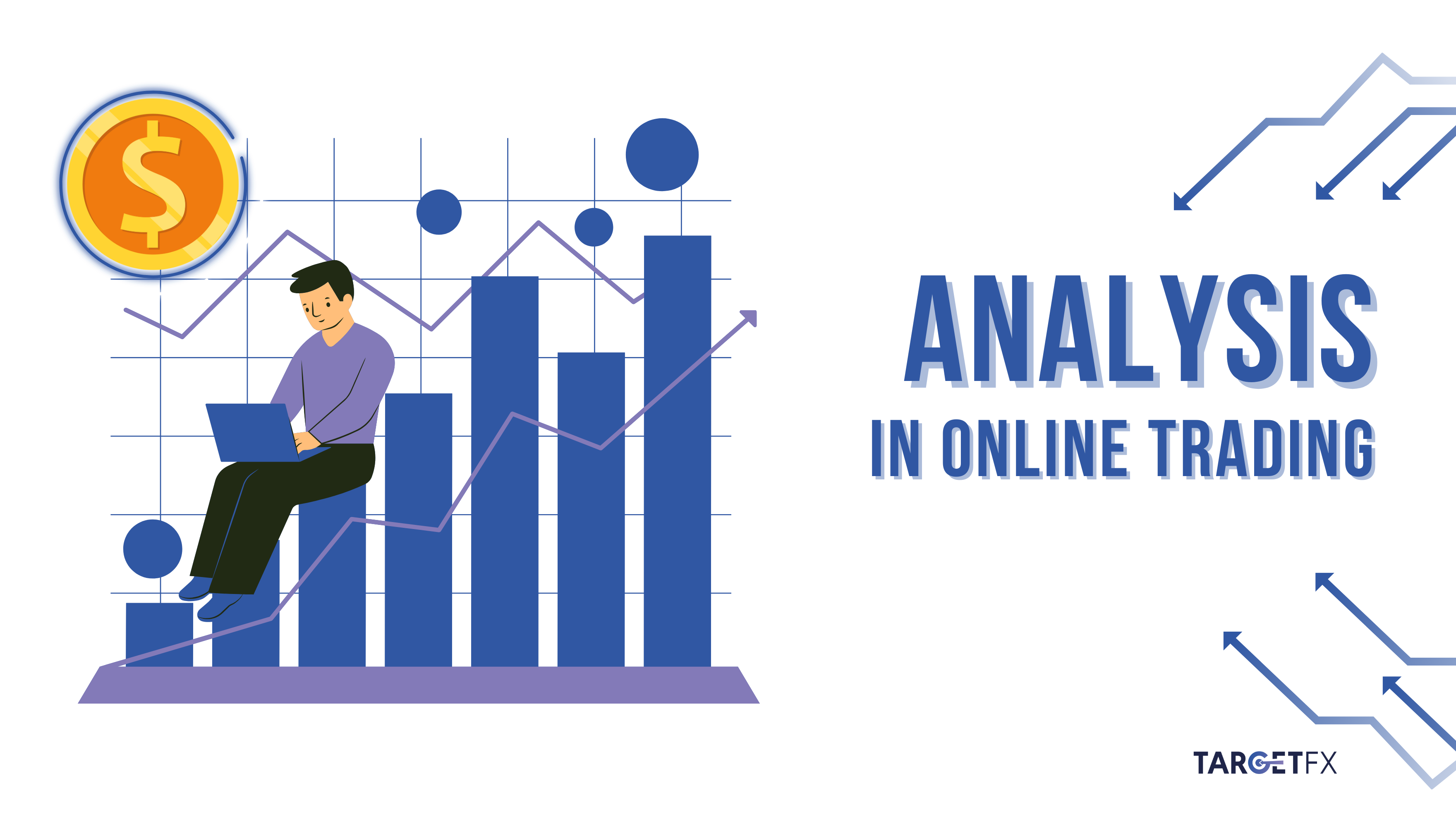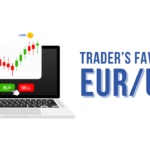In online trading, analysis plays a crucial role in helping traders make informed decisions. There are several types of analysis commonly used by traders to evaluate market conditions and predict potential price movements. Here are the main types:
1. Technical Analysis
Technical analysis involves studying past market data, primarily price and volume, to predict future price movements. Traders use charts, patterns, and technical indicators such as moving averages, relative strength index (RSI), and candlestick patterns to identify trends and entry/exit points.
- Key Tools: Charts, technical indicators (e.g., MACD, Bollinger Bands), historical data.
- Best for: Short-term traders, day traders, and swing traders.
2. Fundamental Analysis
Fundamental analysis assesses the intrinsic value of a security by evaluating factors such as a company’s financial performance, macroeconomic conditions, industry trends, and news events. For stocks, this might include analyzing earnings reports, revenue growth, and debt levels.
- Key Tools: Financial statements, balance sheets, income statements, economic reports.
- Best for: Long-term investors and traders focusing on stocks and commodities.
3. Sentiment Analysis
Sentiment analysis looks at how market participants feel about a particular asset or market, often gauged through news, social media, and trader sentiment surveys. The theory behind sentiment analysis is that markets are often driven by emotions, and measuring sentiment can provide insights into future price movements.
- Key Tools: Social media analysis, news sentiment, market sentiment indicators.
- Best for: Identifying potential trend reversals and market bubbles.
4. Quantitative Analysis
Quantitative analysis uses mathematical models and statistical techniques to analyze historical data and identify patterns or probabilities that could indicate future price movements. Quant traders often rely on algorithms and automated trading systems to execute trades based on complex mathematical models.
- Key Tools: Algorithms, statistical models, data mining.
- Best for: High-frequency trading (HFT), quantitative funds.
5. Intermarket Analysis
Intermarket analysis studies the correlations between different asset classes (such as stocks, bonds, commodities, and currencies) to forecast future price movements. It assumes that different markets are interrelated, and price changes in one asset can influence others.
- Key Tools: Comparative charts, economic data, cross-market indicators.
- Best for: Macro traders and investors with diversified portfolios.
6. Event-Driven Analysis
This type of analysis focuses on specific events, such as earnings releases, product launches, political decisions, or economic reports, that can significantly impact the price of assets. Traders often position themselves in anticipation of these events or respond to them as they unfold.
- Key Tools: Economic calendar, earnings reports, news releases.
- Best for: Traders looking for short-term volatility or opportunities driven by specific events.
By combining these types of analysis, traders can develop a well-rounded trading strategy that helps mitigate risk and maximize potential profits. Most traders use a mix of technical, fundamental, and sentiment analysis to form their market outlook.



